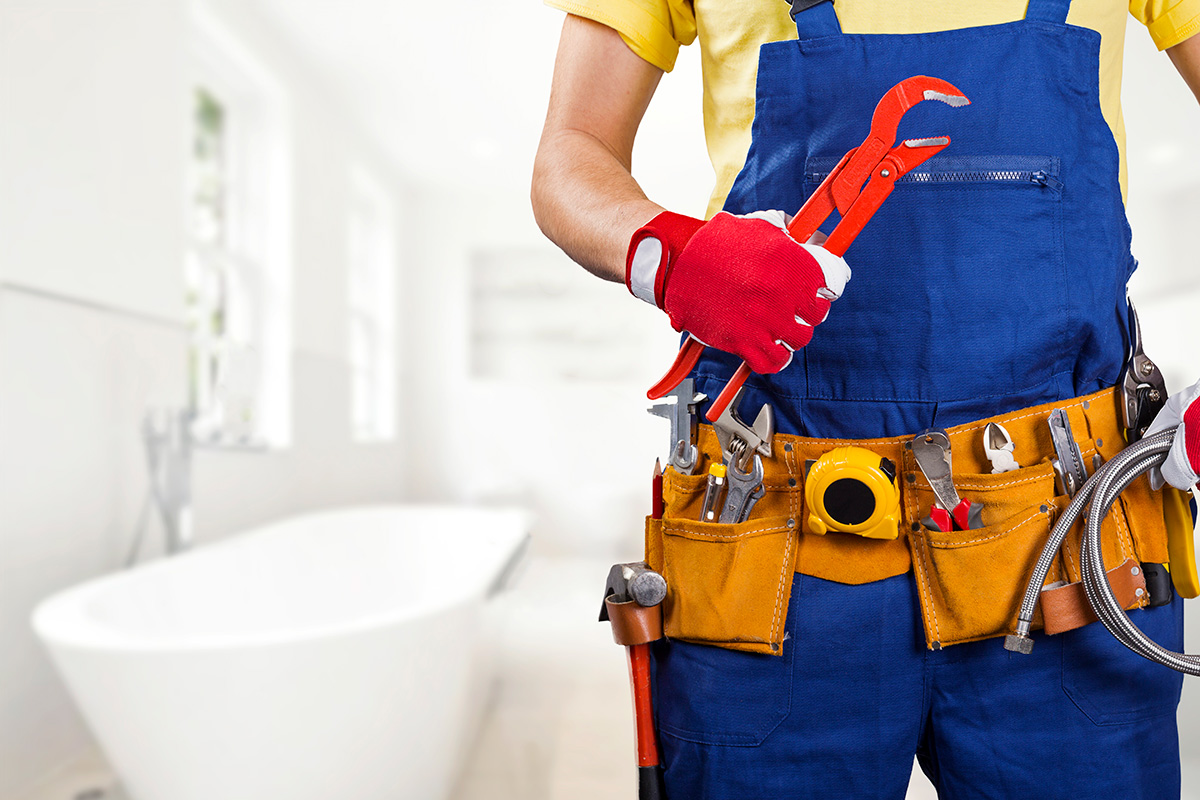Rapid and Reliable Drain Cleaning Alabaster AL Services Available
Rapid and Reliable Drain Cleaning Alabaster AL Services Available
Blog Article
A Detailed Overview to Efficient Water Heater Installation for Optimal Efficiency
Beginning on the task of installing a water heating system is a venture that requires precision and an organized strategy for attaining optimum efficiency. As you continue, the details of connecting water supply lines and setting up reliable electrical or gas links await, appealing understandings into making certain performance and dependability.
Picking the Right Water Heating Unit

Following, consider the size and capability of the hot water heater. It's vital to evaluate your family's warm water demands, which can vary based on the number of passengers and their use patterns. A device that's too small may cause not enough warm water, while an oversized model may result in unnecessary energy usage.
Effectiveness scores likewise play a crucial role in selection. Search for hot water heater with high Energy Element (EF) scores, suggesting remarkable efficiency and minimized energy usage. Tankless models, though usually much more costly in advance, offer significant energy savings over time as a result of their on-demand home heating capacities.
Preparing the Installment Location
Prior to setting up a brand-new water heating unit, precise preparation of the setup location is necessary. It's essential to gauge the space meticulously to accommodate the water heating system's dimensions, making certain appropriate clearance around the device for effective procedure and servicing.
Inspect the flooring for security, as the water heating unit will certainly need a solid, degree surface area to run properly. If essential, set up a drip frying pan underneath the system to catch prospective leaks or spills, avoiding water damage to the surrounding location.
In addition, make certain that all essential devices and products are on hand before commencing the installation. This consists of things such as wrenches, screwdrivers, a level, and any additional equipment needed for safeguarding the heating system and installing. A well-prepared installation area establishes the structure for a successful hot water heater configuration, enhancing performance and safety.
Connecting Water Supply Lines
When attaching water system lines to your newly mounted hot water heater, it is vital to make certain that all connections are leak-free and protected to keep effective operation and protect against water damage. Begin by identifying the warm and chilly supply of water lines. The chilly water inlet is generally noted with a blue label or a "C", while the warm water outlet is noted with a red label or an "H".
Usage flexible water heating unit ports to promote a simpler setup procedure. Prior to affixing the connectors, place a plumber's tape around the threaded ends of the water heating system's inlet and outlet pipes.
Once connections are in location, slowly activate the primary water shutoff. Inspect each connection for leaks by visually inspecting and really feeling for moisture. Tighten up connections as needed, and ensure the pressure safety valve is correctly installed, securing versus extreme pressure build-up.
Setting Up Electrical or Gas Links
Appropriately establishing up the electric or gas connections for your water heating unit is a vital action to make sure risk-free and effective operation. For electric water heaters, begin by validating that the electric circuit is suitable with the heating unit's voltage and amperage requirements. Ensure read this the power supply is shut off at the breaker to stop mishaps. Connect the electric cords to the heating unit following the manufacturer's circuitry representation. Normally, this includes connecting the ground cord to the eco-friendly terminal, and the remaining cords to their corresponding terminals, securing each with cord nuts.
For gas water heating units, safety and additional resources security is critical. Attach the gas line to the water heater utilizing an adaptable gas connector, guaranteeing it is effectively threaded and sealed with pipe joint compound or Teflon tape ideal for gas links.
Once connections are made, check for any kind of potential leakages. For gas lines, apply a soapy water remedy to the joints; bubbles show a leak. For electrical connections, verify that all circuitry is secure and correctly protected, keeping conformity with neighborhood electric codes.
Readjusting and examining for Efficiency
With the electrical and gas connections securely in area, the next step is reviewing the operational effectiveness of your water heating unit. Begin by meticulously switching on the water and ensuring there are no leaks at any one of the joints or shutoffs. As soon as validated, continue to fill up the tank, paying attention to the stress and temperature settings. It is recommended to establish the thermostat to a recommended temperature level of around 120 ° F(49 ° C) to stabilize power performance and convenience.
Next, carry out a complete assessment to guarantee the heating components or gas heaters are working additional reading correctly. For electrical heating units, utilize a multimeter to confirm if the elements are attracting the proper current. In gas models, observe the heater flame; it should be consistent and blue, indicating reliable burning.
Adjust the setups as needed to eliminate inadequacies. Think about applying insulation actions, such as including a water heating system blanket, to even more enhance performance by decreasing warmth loss. Additionally, check the anode rod's condition, as a shabby rod can lower effectiveness and bring about container corrosion.
Verdict
Reliable water heater installation is important for making sure optimum efficiency and power financial savings. Firmly attaching water supply lines and carefully setting up electrical or gas connections reduce prospective problems.

Effectively establishing up the electric or gas connections for your water heater is a vital action to guarantee risk-free and effective procedure. For electrical water heating systems, begin by confirming that the electrical circuit is compatible with the heating unit's voltage and amperage demands. Link the gas line to the water heating unit utilizing a versatile gas port, ensuring it is appropriately threaded and sealed with pipe joint compound or Teflon tape suitable for gas links.
Report this page